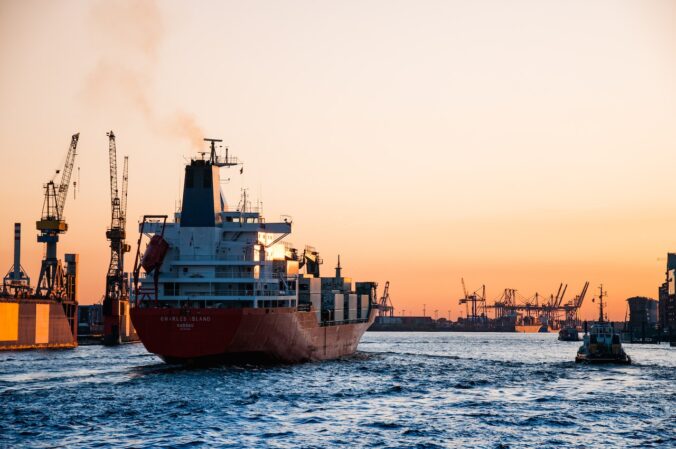Safety is a key concern across several industries, including maritime. Surfaces that are slippery may be extremely dangerous and result in injuries and fatalities. The anti-skid surface is useful in this situation, as organisations can increase safety standards and lower surface maintenance needs by implementing anti-skid surfacing technologies.
Before we discuss the many advantages of anti-skid surfaces in this post and explain why it’s a crucial investment for any company, it is important to understand that finding the right anti-skid surface provider is also very important, as they provide proper installation and quality checks.
What Is Anti-Skid Surfacing?
High-traffic regions are covered with anti-skid surfaces, a type of surfacing material also known as high-friction surfacing. It is primarily utilised at car parks and intersections, two places where safety must be improved to prevent collisions, or in industry contexts such as marine applications. In contrast to asphalt, anti-skid covering offers a surface with significantly more friction, which shortens stopping distance and increases grip.
The maritime sector requires flooring that creates a certain amount of friction, a type of coating called marine grade non-skid coating is applied to marine buildings and boats. These anti-slip coatings create a secure non-skid environment while preventing metal substrates from impact or heat.
What Are The Benefits It Offers?
It Increases The Overall Safety
It’s inevitable to encounter safety risks when fast-moving boats, irregular weather, and big oceans are involved; it’s part of life as a user of any maritime vessel.
The huge increase in safety that anti-skid surface offers are the main benefit that organisations are looking for. Frequent accidents involving slipping and falling are very dangerous, especially in locations near wetness, oils, or other chemicals.
The result of increased traction from anti-skid surfaces lowers the risk of accidents due to slick surfaces. Even in rainy weather, it improves friction, making overall situations safer for staff members, clients, and everyone in general.
Cost Efficiency
Long-term cost reductions from anti-skid surface investments can be substantial. The advantages significantly exceed the costs, even though the initial installation costs could be more expensive than any traditional surfacing solutions.
The materials used in anti-skid surfacing are made to be tough, resistant to damage, and long-lasting. Compared to normal surfaces, they require less regular maintenance like painting or repairs. Reduced maintenance requirements result in cheaper operating expenses and higher overall effectiveness.
Besides, with anti-skid surfaces, people are less prone to accidents, which will lead to lower costs in managing or facing penalties.
It’s Customizable
In order to satisfy particular industrial needs, the anti-skid surfacing is able to offer a great degree of adjustability and customisation. Common materials such as concrete, metal, and wood can all be coated with a variety of finishes.
Due to their versatility, anti-skid systems may be used by businesses in a variety of locations, which in marine contexts are bridges or maritime vessels. The colour, patterns, and texture of the anti-skid surface can also be altered to match the overall external environment.

